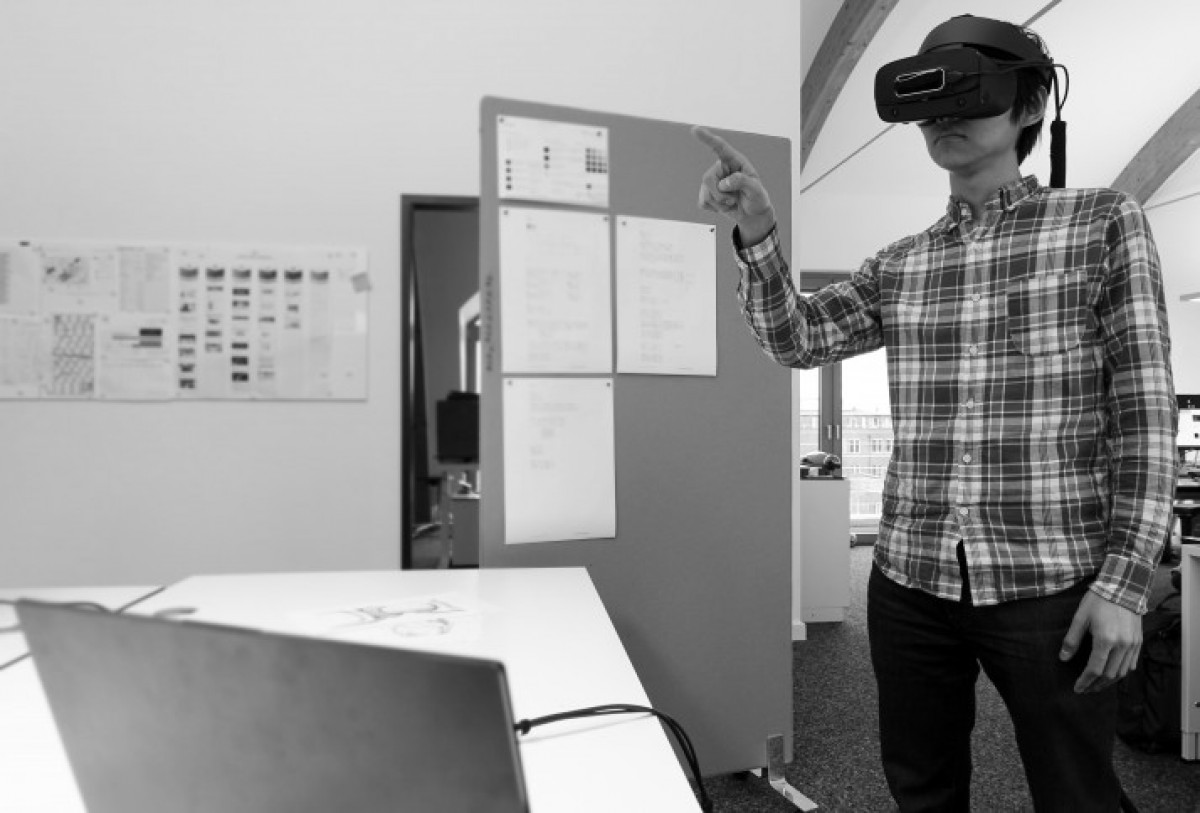XR at Held+Team

Mixed and virtual reality has been part of the work processes at Held+Team for multiple years. The entry took place in 2017 together with our long-standing customer OLYMPUS using the Microsoft HoloLens. Here we use the technique for better coordination with the international locations of OLYMPUS. Augmented (or “mixed”) reality is particularly suitable for smaller products such as surgical hand instruments, as there is no need for the often very complex model construction and expensive worldwide shipping - intermediate steps can thus be carried out without great effort and assessed quickliy within often tightly spaced cost and time frames.
As fascinating as augmented reality is, we quickly came across the current limitations of the technology. Larger objects in particular can often only be partially displayed in the user's field of vision. Therefore, at the beginning of 2018, we expanded our hardware portfolio with the Oculus Rift VR headset. In interaction with modern PC hardware and the Unreal Engine as a development environment, we have since established well-functioning processes in the office in order to evaluate complex 3D models 1:1 in virtual reality at an early stage. The work here ranges from the first ergonomic studies at the beginning of product development to the evaluation of color and material variants in later design phases. Step by step we are expanding our templates and resources here so that in the near future we will also be able to view products directly in our "virtual OR".
In 2019, the successor model Oculus Rift S was purchased in order to be able to bring the previously local VR experience in our offices directly to the customer. This means that on-site presentations can now be expanded by another dimension - thanks to hand-tracking via the Leap Motion Sensor, the entry hurdle for less PC-savvy people is also lowered. Our customers can use their hands directly in the virtual environment without having to learn complicated controller layouts beforehand. Virtual reality has already proven to be a good addition to conventional presentation options.
In addition to the many concrete areas of application, augmented and virtual reality also result in exciting fields of research for us! How will user interfaces have to be designed in the future? What should be considered when designing holographic user interfaces? How do I communicate from the outside with the users within the virtual reality? Here, too, we benefit greatly from the possibilities of the Unreal Engine, which allows us to program operating concepts directly in the engine without advanced IT knowledge. We regularly implement what we have learned in our digital showroom, which gradually becomes a digital archive of “our” products.
Even if a virtual experience cannot replace the real impressions of a model for the time being, we are already benefiting greatly from the flexible application possibilities of our VR hardware and are happy to be able to use this technology more and more in concrete applications.


Read next:
